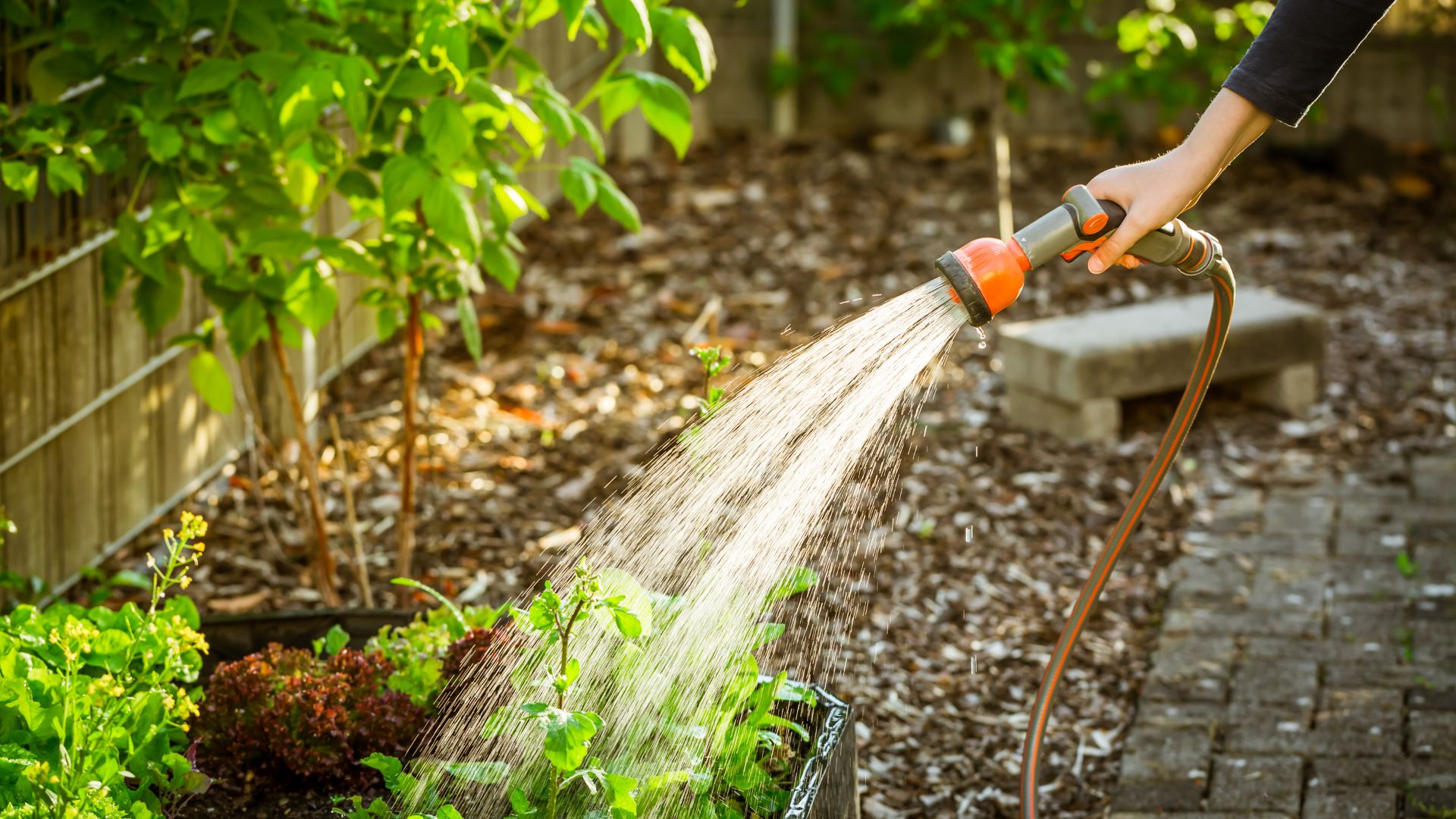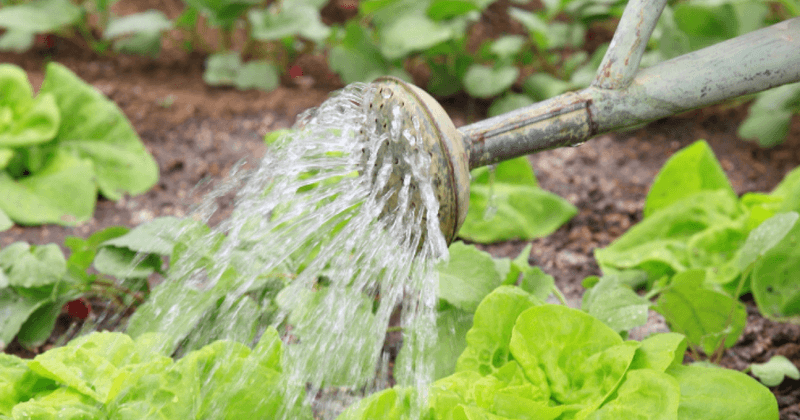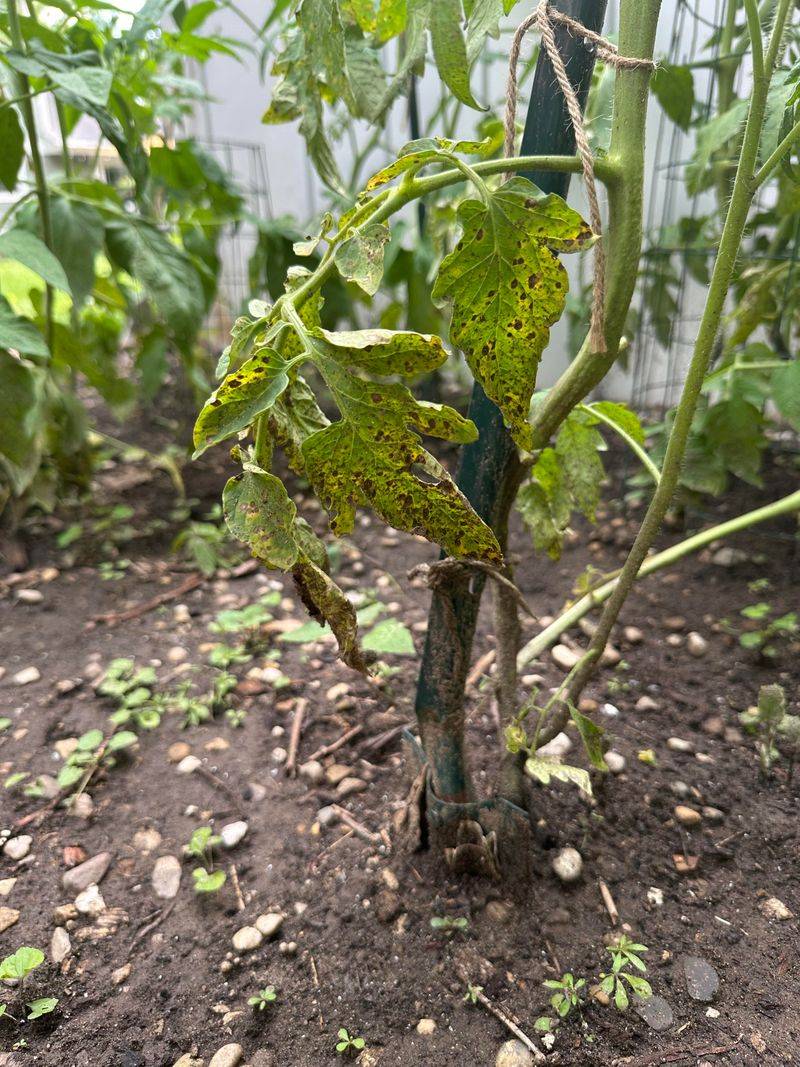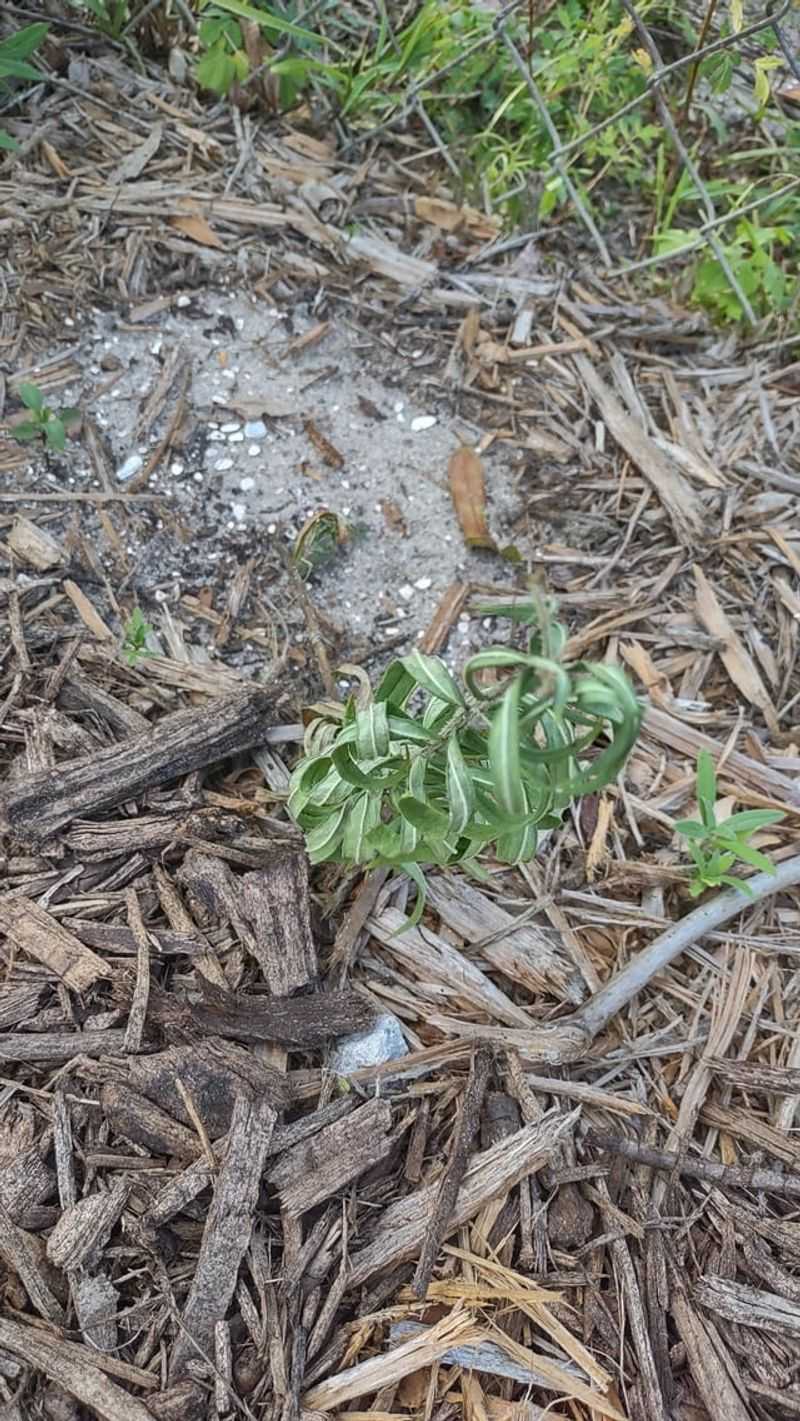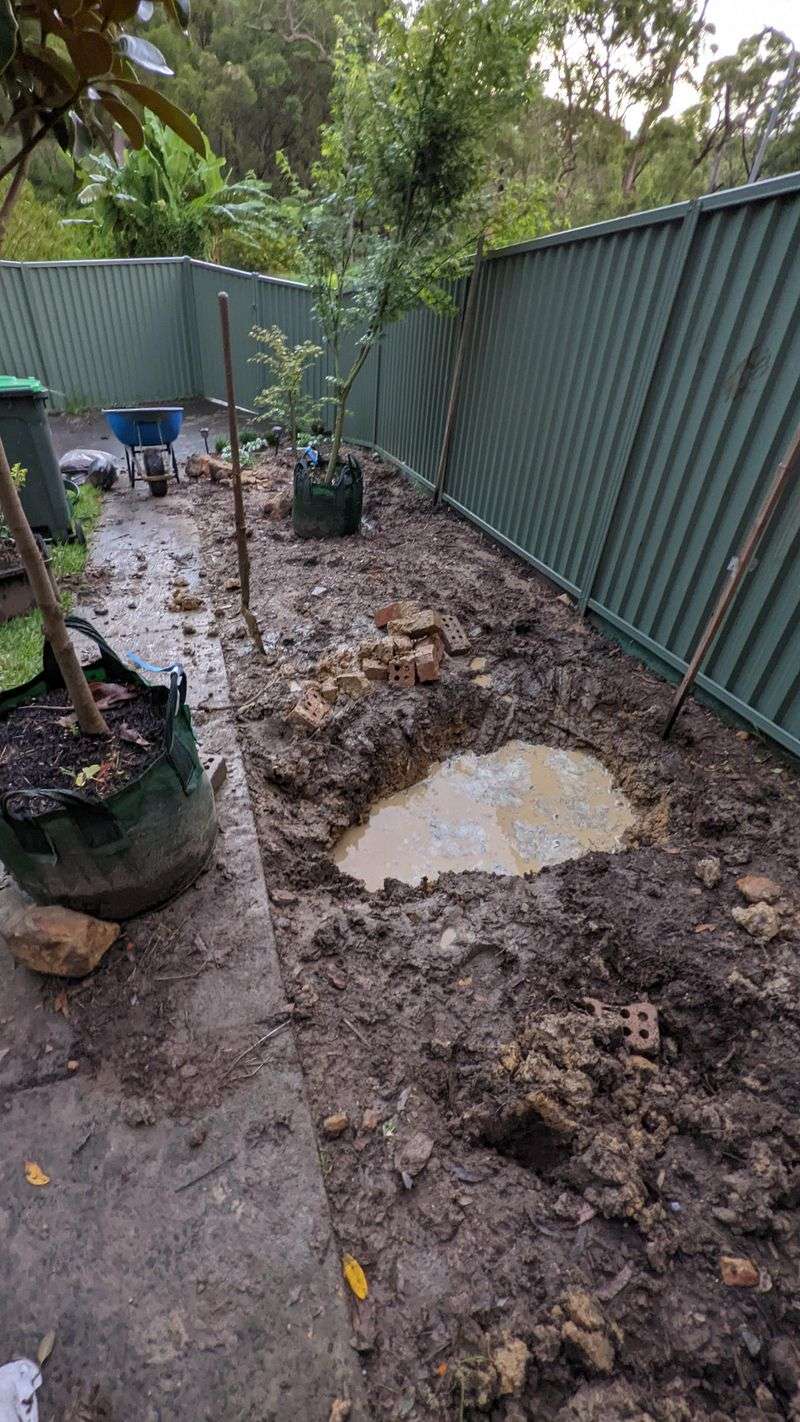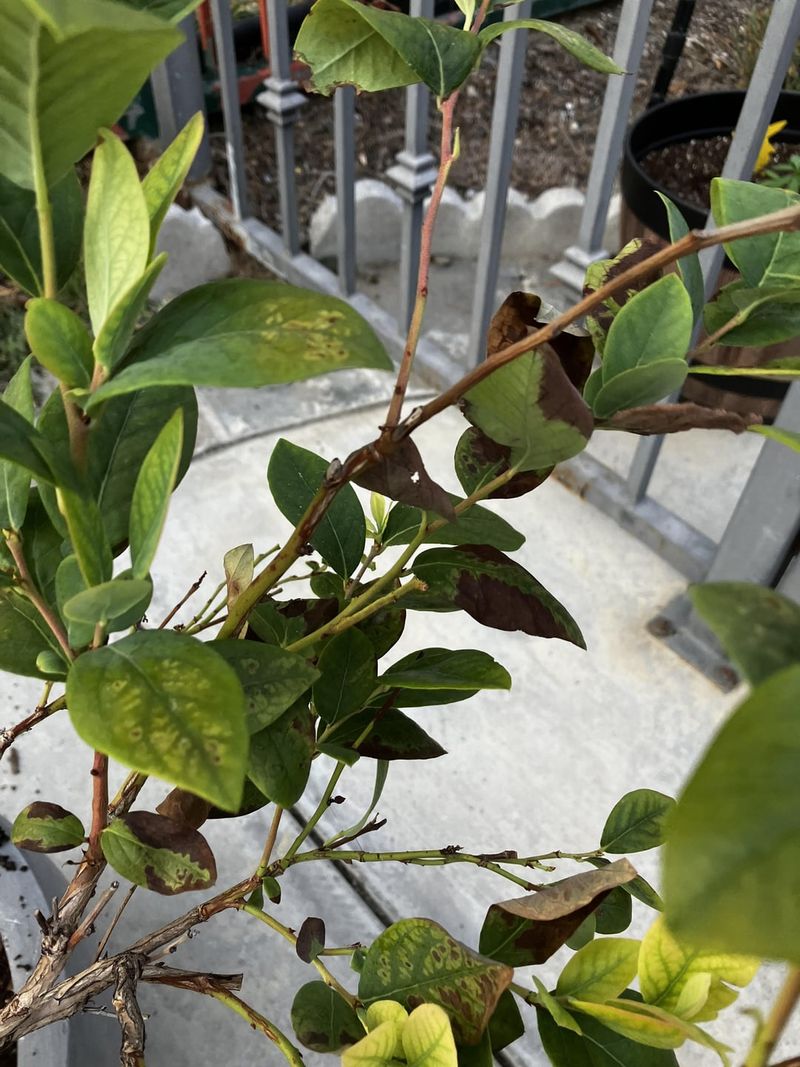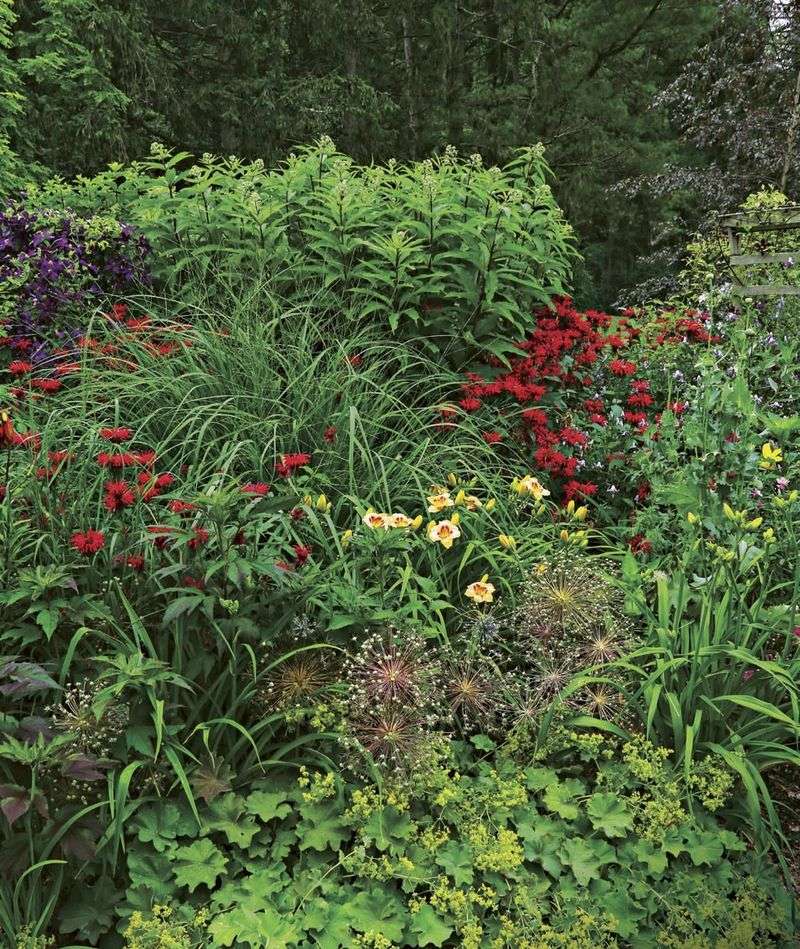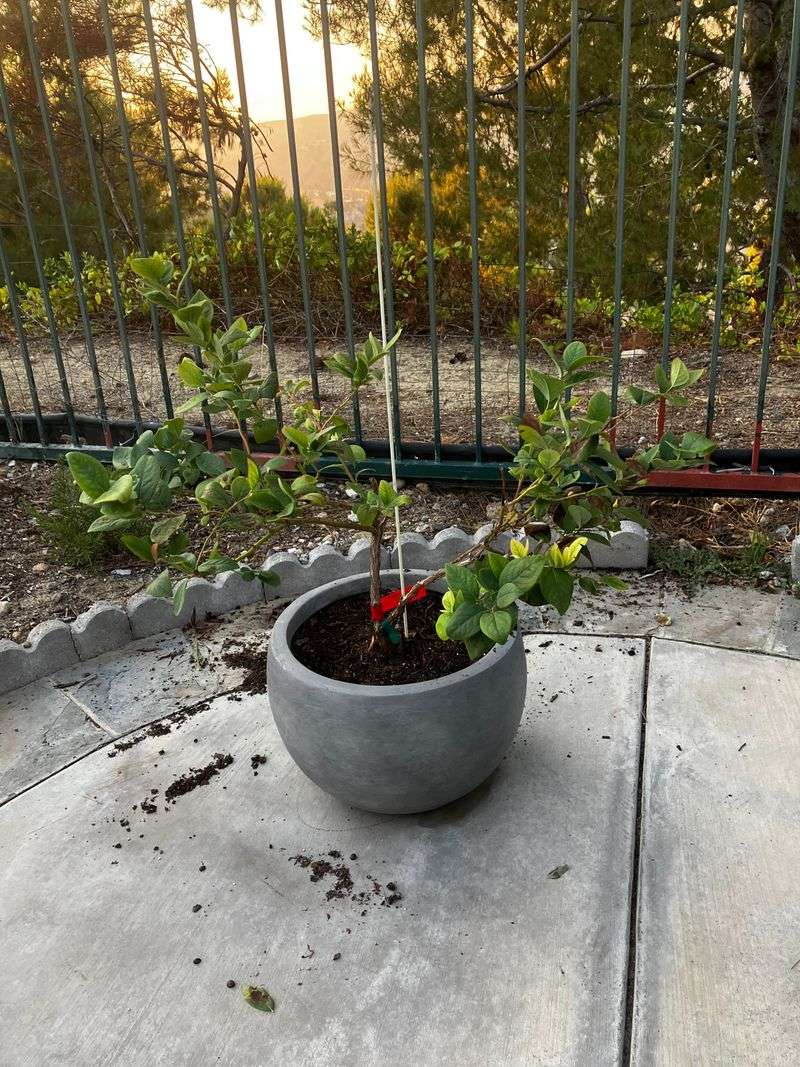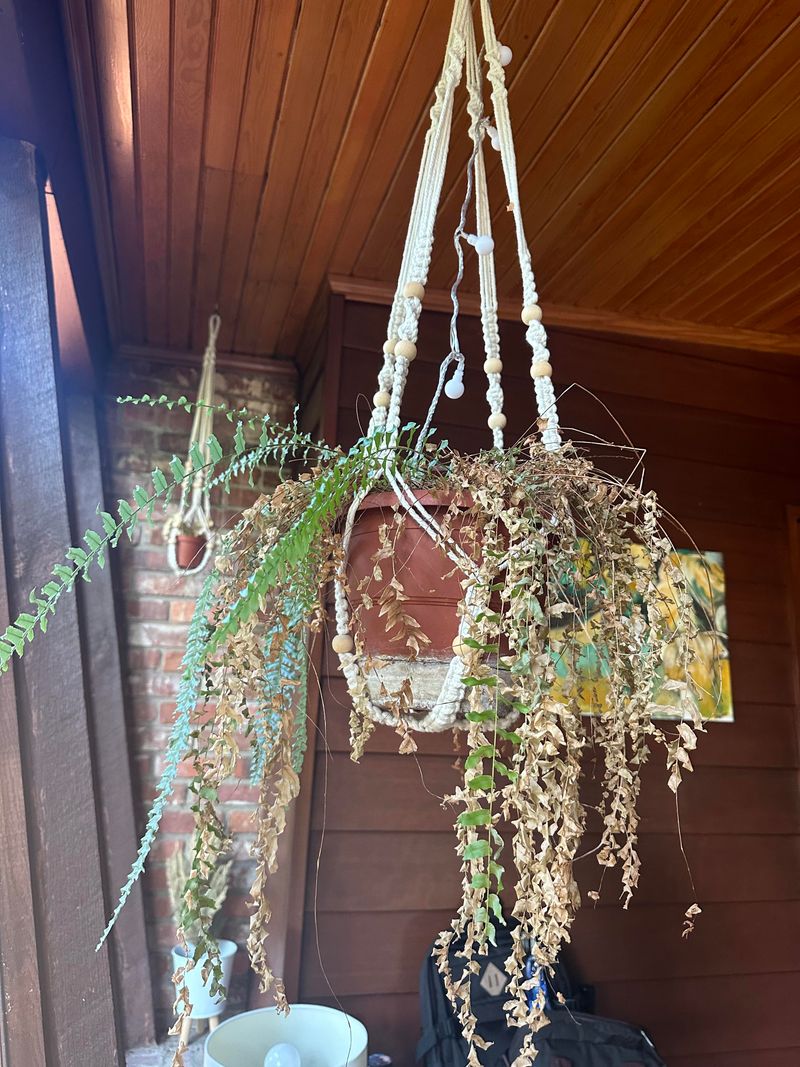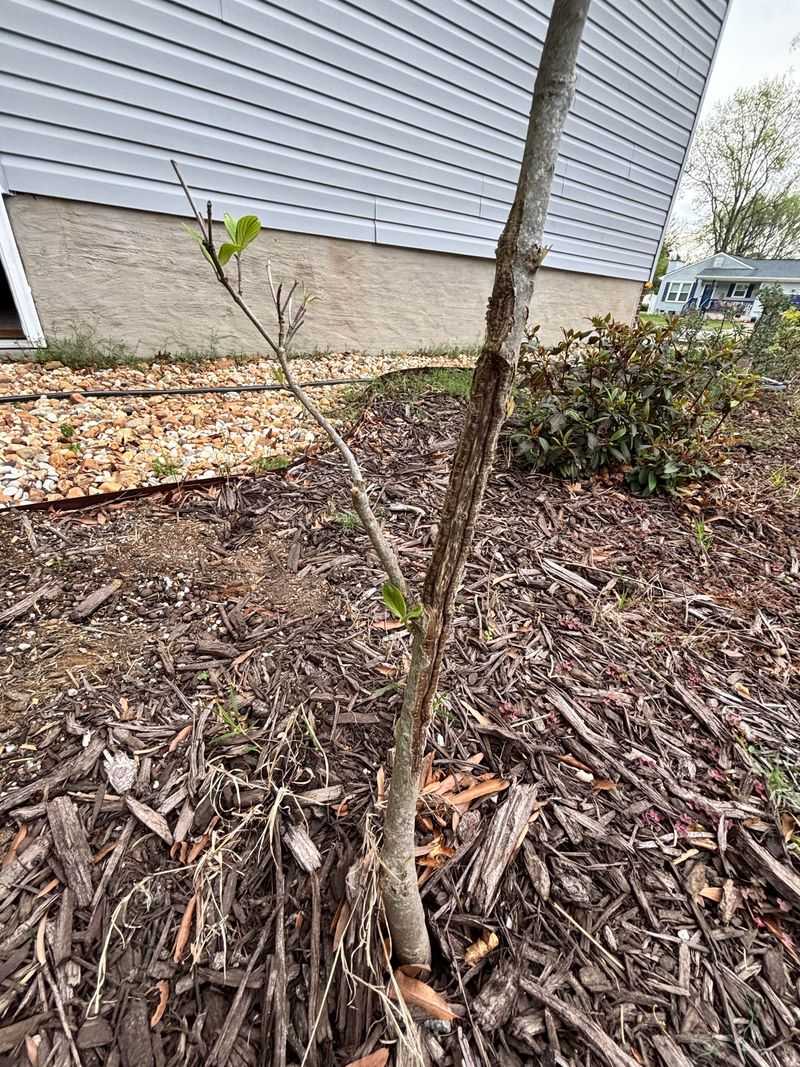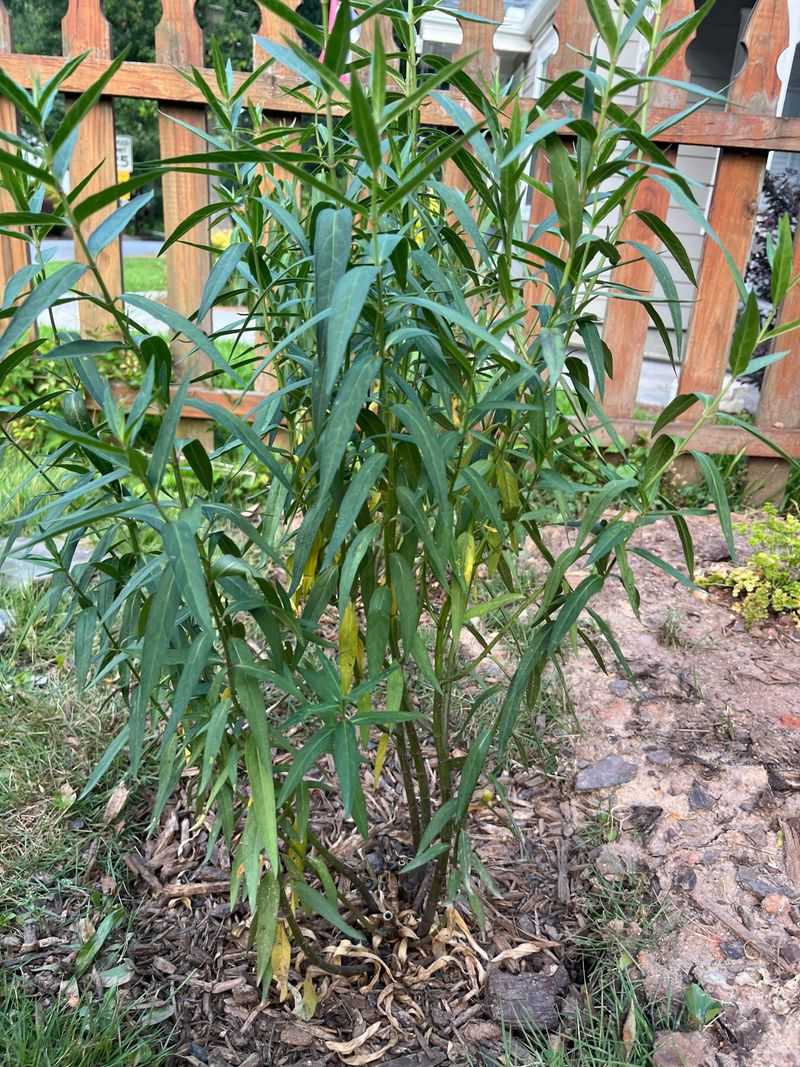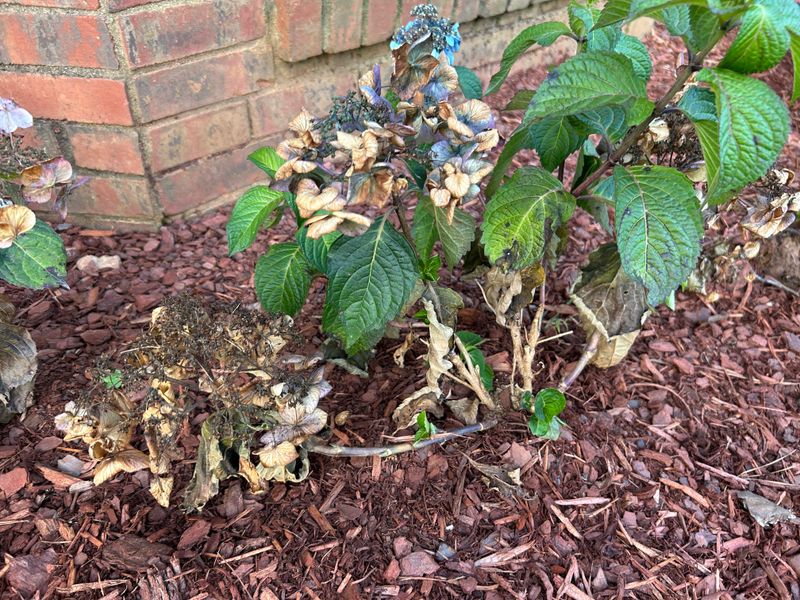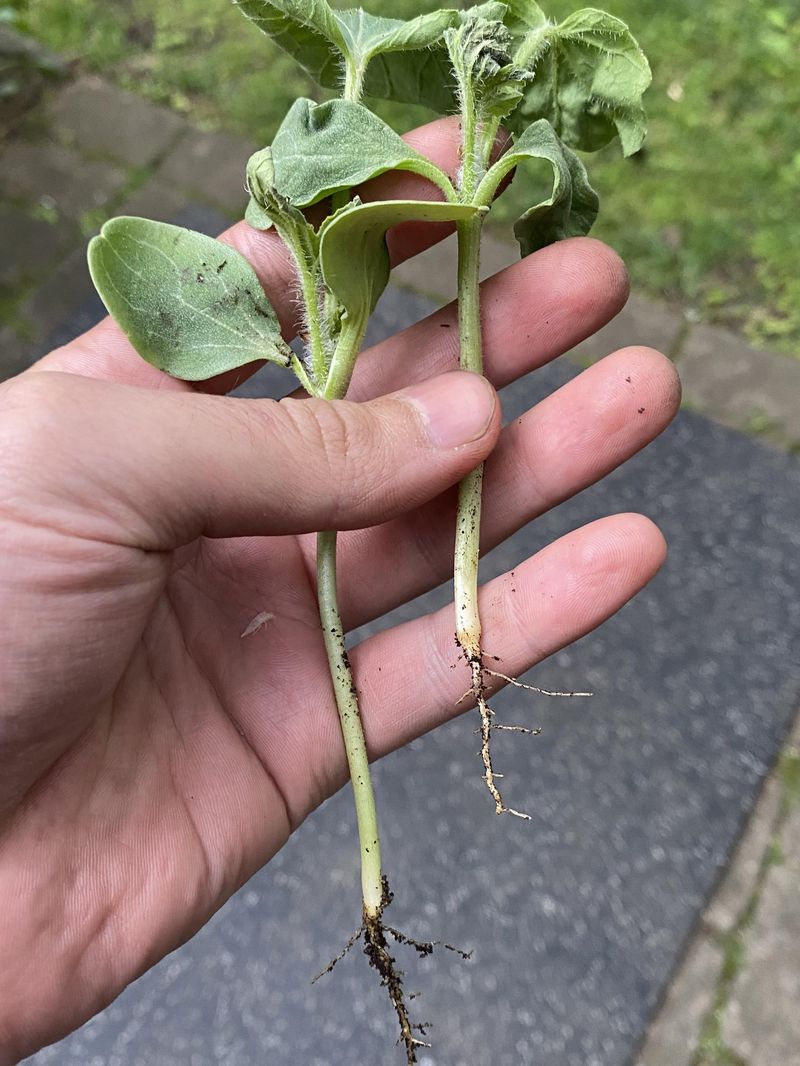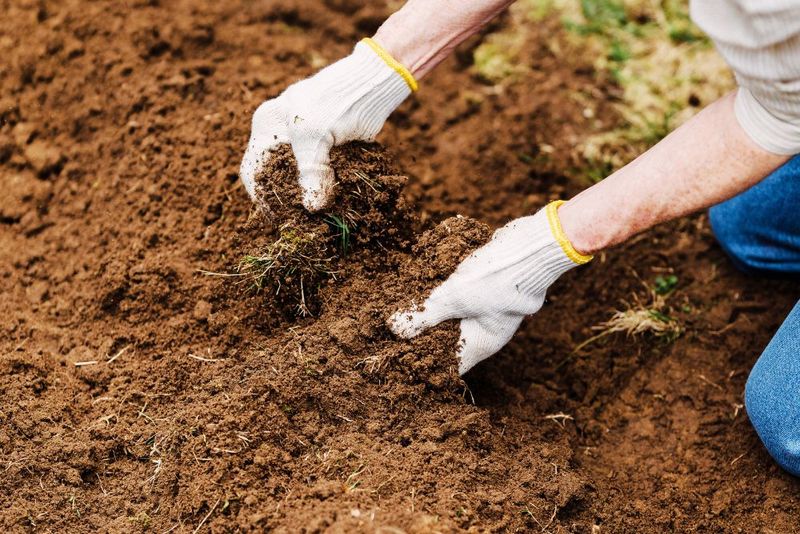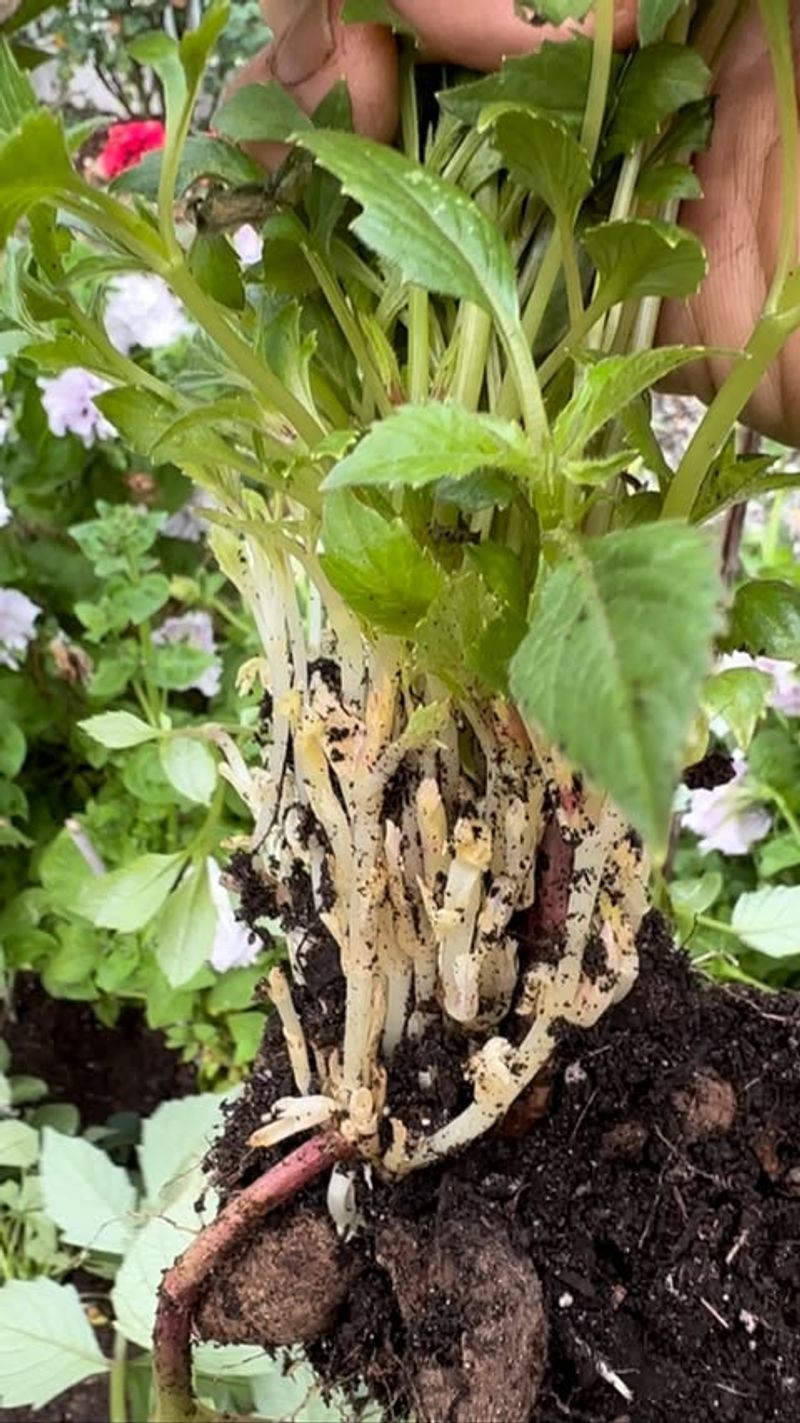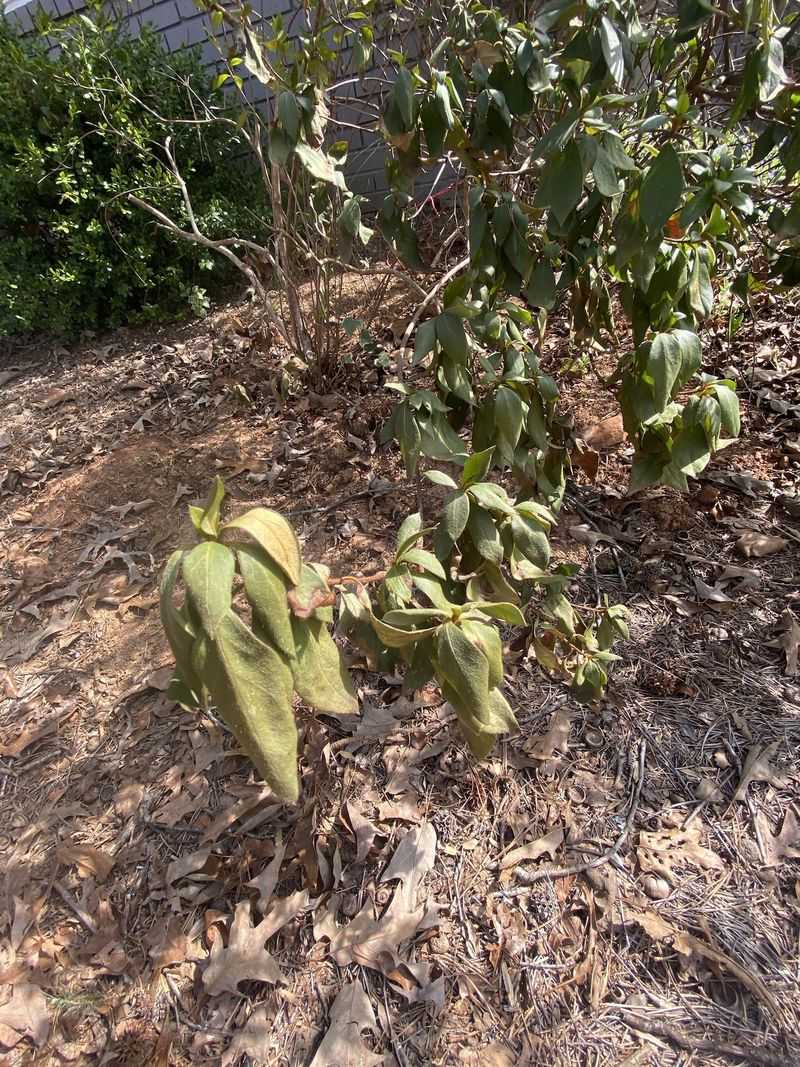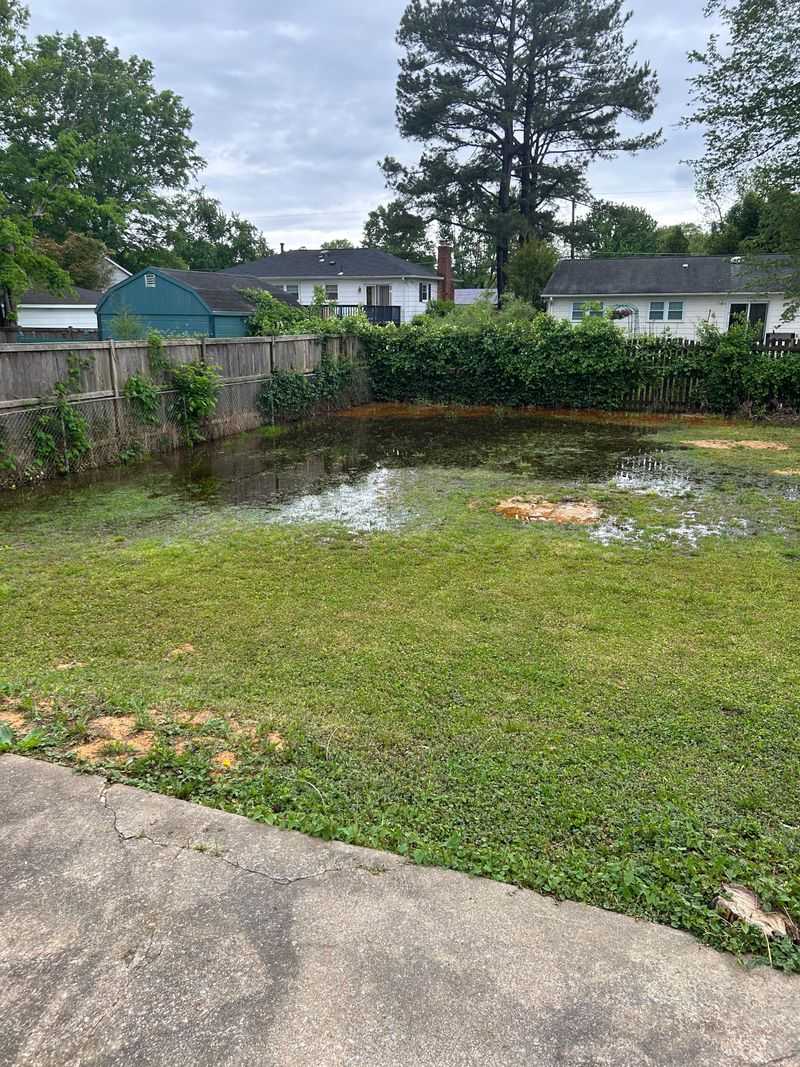Georgia gardeners face unique challenges when it comes to keeping plants healthy in our humid climate. Our red clay soil, combined with those famous summer downpours, creates the perfect storm for root rot if you’re not careful with your watering routine.
I’ve learned the hard way that even well-intentioned watering habits can lead to disaster for your garden. Many of us unknowingly create the perfect conditions for fungal diseases to thrive, especially during those muggy summer months when moisture hangs in the air.
Root rot devastates plants from the ground up, often going unnoticed until it’s too late. By recognizing and correcting these common watering mistakes, you’ll give your Georgia garden a fighting chance against this silent plant killer.
1. Evening Watering Sessions
Plants need time to dry before nightfall in Georgia’s humid climate. When you water in the evening, moisture clings to leaves and roots overnight, creating a paradise for fungi.
Morning watering allows sunshine to evaporate excess moisture. I lost my favorite azaleas last year after consistently watering them at dusk. The cooler evening temperatures prevent proper evaporation, essentially inviting root rot to dinner.
2. Drowning Plants After Drought
Overcompensating after a dry spell shocks plant systems. Georgia’s clay soil already retains water longer than sandy soils, so flooding plants creates waterlogged conditions perfect for root rot.
Gradually reintroduce water instead. My neighbor’s prized hydrangeas suffered this fate after our July dry spell last year. She drenched them daily for a week straight, and their roots couldn’t handle the sudden change from drought to swamp.
3. Shallow, Frequent Watering
Quick, light sprinkles encourage shallow root development near the soil surface. These vulnerable shallow roots are more susceptible to both drought and disease in Georgia’s unpredictable weather patterns.
Deep, infrequent watering promotes stronger root systems that grow downward. The first summer I grew tomatoes here, I made this mistake and wondered why they kept wilting despite my daily watering. Their weak, surface-level roots couldn’t withstand our hot afternoons.
4. Ignoring Soil Drainage
Georgia’s notorious red clay creates natural drainage problems. Water pools instead of filtering through, suffocating roots and creating perfect conditions for rot.
Adding organic matter improves soil structure and drainage capabilities. When I first moved to Athens, I couldn’t figure out why my plants kept dying until a local master gardener pointed out my drainage issue. Amending with compost saved my flower beds from turning into miniature swamps after each rain.
5. Spraying Foliage In High Humidity
Wet leaves in Georgia’s already humid climate create fungal playgrounds. Moisture that doesn’t evaporate quickly enough leads to various diseases that can eventually affect root health.
Focus water at the soil level instead. During last August’s humidity spike, I noticed my cucumber plants developing powdery spots after overhead watering. The combination of wet leaves and high humidity created perfect conditions for disease that eventually spread to the roots.
6. One-Size-Fits-All Watering Schedule
Different plants have vastly different water needs, especially in Georgia’s diverse growing zones. Treating succulents like water-loving ferns leads to root suffocation and decay.
Group plants with similar water requirements together. My front yard used to be a hodgepodge of plants with competing needs, making proper watering impossible. After reorganizing by water requirements, I stopped drowning my drought-tolerant natives while trying to keep my hydrangeas happy.
7. Relying On Appearance Alone
Waiting until plants wilt before watering puts them under stress. By the time you notice wilting in Georgia’s heat, damage may already be occurring underground.
Check soil moisture with your finger or a moisture meter regularly. I learned this lesson with my blueberry bushes, which showed no obvious signs of trouble until suddenly dropping leaves. By then, root rot had already taken hold because I’d been consistently overwatering without realizing it.
8. Forgetting Container Drainage
Potted plants without proper drainage holes trap water at the bottom. This standing water becomes stagnant and oxygen-depleted, killing roots from the bottom up.
Always use containers with adequate drainage holes. My porch ferns suffered last summer because I placed them in decorative pots without drainage. The Georgia summer thunderstorms filled them up, and with nowhere for water to escape, the roots sat in soggy conditions for days.
9. Mulching Mistakes
Piling mulch against plant stems creates constantly damp conditions. Georgia’s humidity combined with this practice is a recipe for stem rot that eventually spreads to roots.
Keep mulch a few inches away from stems and trunks. The pine straw mulch so popular in our state is great for moisture retention, but I’ve seen many gardeners (myself included) accidentally create rot problems by mounding it too high against plant bases.
10. Automatic Sprinkler Negligence
Set-and-forget sprinkler systems often run regardless of weather conditions. After Georgia’s afternoon thunderstorms, they add unnecessary water to already saturated soil.
Install rain sensors or regularly adjust watering schedules seasonally. My automatic system ran during a week of daily summer storms last year, creating a swampy mess in my backyard. My azaleas developed root rot because the soil never had a chance to dry between natural rainfall and programmed watering.
11. Watering During Peak Heat
Midday watering in Georgia’s intense summer heat leads to rapid evaporation. This practice wastes water without benefiting plants, and can actually shock root systems with sudden temperature changes.
Early morning is ideal for efficient water absorption. I used to water my vegetable garden during lunch breaks, wondering why my plants struggled despite regular attention. A fellow gardener at our local community garden pointed out that most of my water was evaporating before reaching the roots.
12. Cold Water Shock
Using frigid water straight from the hose on hot days stresses plant roots. The sudden temperature change can damage delicate root tissues in Georgia’s heat-loving plants.
Let water warm naturally in a barrel or watering can before applying. My grandmother taught me this trick after I killed her prized dahlias with ice-cold water last summer. The temperature shock sent them into decline, and the stressed roots became susceptible to rot in our humid conditions.
13. Compacted Soil Struggles
Walking on wet Georgia clay compacts it further, preventing proper water penetration. Instead of soaking in, water runs off and collects in low spots, creating root rot conditions.
Create designated pathways to avoid soil compaction. When I redesigned my vegetable garden last spring, adding stepping stones made a huge difference. Before that, I’d unintentionally created concrete-like soil conditions by walking the same paths after rainstorms.
14. Overcrowded Plant Spacing
Cramming plants too closely together restricts airflow between them. Georgia’s humidity lingers longer in these crowded conditions, creating perfect environments for fungal development.
Follow spacing recommendations for mature plant sizes. My herb garden became a disaster last summer after I ignored spacing guidelines. The basil and parsley grew into each other, creating a humid microclimate where water never properly evaporated, eventually leading to root problems.
15. Overwatering New Transplants
Excessive watering of newly planted specimens drowns struggling roots. Plants need time to establish in Georgia’s clay soil, and too much water prevents oxygen from reaching developing root systems.
Water thoroughly at planting, then allow soil to become slightly dry before watering again. I babied my new azaleas with daily watering last spring, thinking I was helping them establish. Instead, I nearly killed them before a local nursery owner explained I was actually suffocating their roots.
16. Ignoring Weather Forecasts
Watering before predicted rainfall compounds moisture problems. Georgia’s summer thunderstorms can dump inches of rain in short periods, creating waterlogged conditions if you’ve just irrigated.
Check weather forecasts before turning on sprinklers or hoses. I made this mistake repeatedly during my first gardening season in Atlanta. I’d water thoroughly in the morning, only to have afternoon thunderstorms add several more inches, leaving my plants sitting in soggy soil for days.

